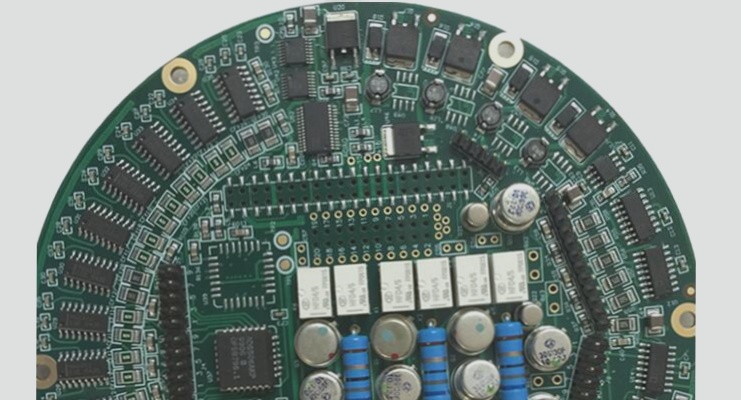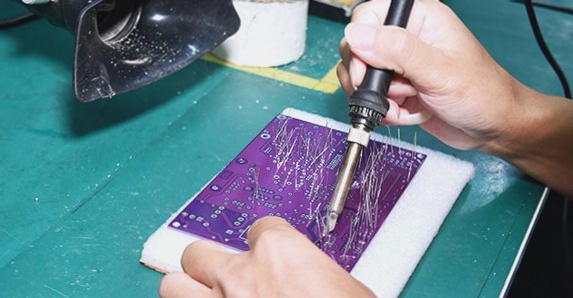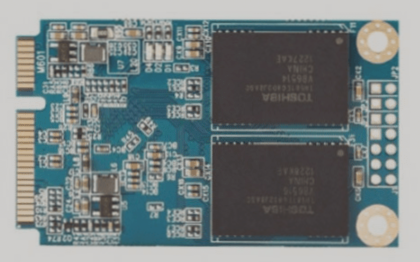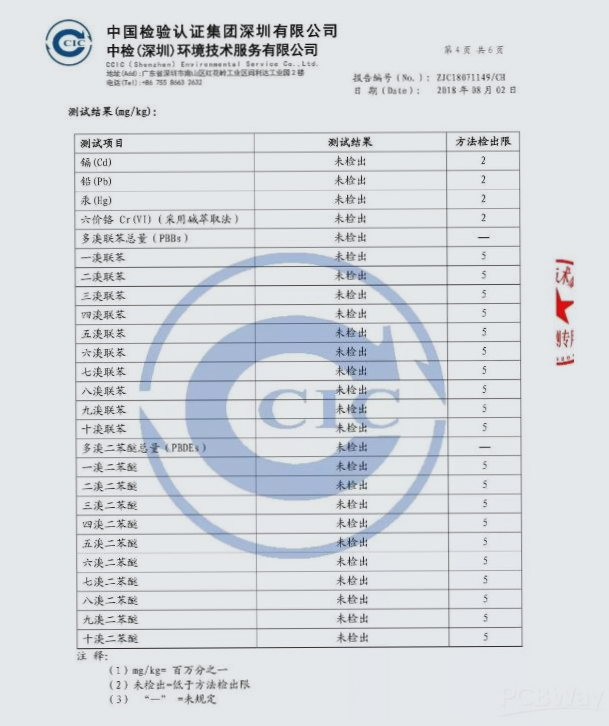Factors Influencing PCB Soldering Quality
1. Solderability and Its Impact on Soldering Quality
Solderability of PCB holes is crucial for ensuring high-quality soldering. Poor solderability can result in defects like dry joints and insufficient solder coverage, leading to unstable connections and circuit failure.
- Solder Composition: The composition of solder alloys, such as **Sn-Pb** or **Sn-Pb-Ag**, influences solderability. Controlling impurity levels is essential to prevent oxide formation that hinders the soldering process.
- Surface Preparation: Proper cleaning and treatment of PCB surfaces before soldering, like using flux or coatings, are necessary to remove impurities and ensure a smooth soldering surface.
- PCB Material: The type of copper and coatings on the PCB, such as ENIG, impact solderability by creating a solder-friendly surface.
Conclusion
Addressing solderability issues through careful material selection, surface treatment, and process control is vital for reliable solder joints and overall circuit performance.

The Role of Flux in Soldering
Flux aids in solder wetting, heat transfer, and oxidation removal during soldering, ensuring clean and effective joints. Fluxes containing white rosin and solvents like isopropanol are commonly used in PCB soldering.
Impact of Welding Temperature and Surface Cleanliness
Controlling soldering temperature and maintaining a clean PCB surface are critical for preventing defects like poor wetting and excessive oxidation, ensuring high-quality solder joints.
Common Challenges in PCB Soldering and Solutions
- Surface Contamination: Contaminants like dust, oil, or residues on the PCB surface can lead to defects such as tin beads, tin balls, open circuits, and poor solder joint appearance. Ensure the PCB surface is clean before soldering.
- Welding Defects Due to Warpage: Warpage of the PCB and components during soldering can result in poor solder joints, virtual soldering, or short circuits. To prevent this, balance temperature during soldering and provide proper support for components.
- PCB Design Considerations: The design of the PCB impacts soldering quality. Optimize PCB size, layout, and trace routing to minimize impedance, noise, and EMI. Follow key design recommendations for high-frequency components, heavy components, heat dissipation, and component arrangement.
Key Design Optimization Recommendations:
- Shorten Traces for High-Frequency Components: Minimize EMI and improve signal integrity.
- Support Heavy Components: Use brackets or additional support for components over 20g to avoid stress on solder joints.
- Heat Dissipation Considerations: Place high-power components away from heat-sensitive areas to prevent overheating.
- Component Arrangement: Align components parallel to ease soldering and support mass production.
Optimal PCB Shape and Size: Aim for a 4:3 rectangle shape to balance manufacturing ease and thermal/electrical properties. Avoid excessive copper foil usage to prevent issues like copper lifting.
Conclusion
To ensure high-quality solder joints in PCB assembly, focus on factors like flux selection, temperature control, PCB cleanliness, warpage prevention, and thoughtful design. By addressing these aspects, manufacturers can reduce soldering defects and enhance product reliability.




